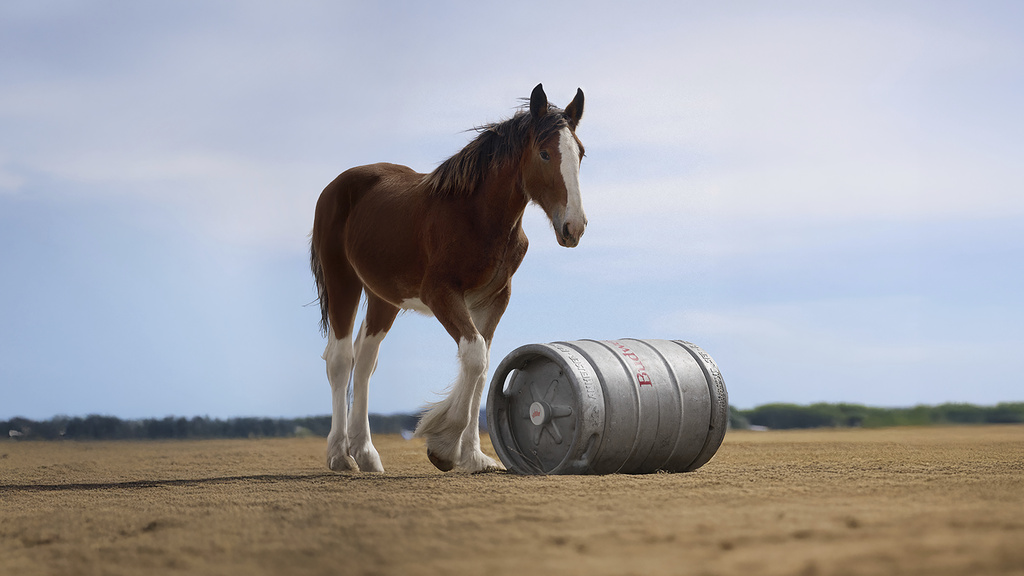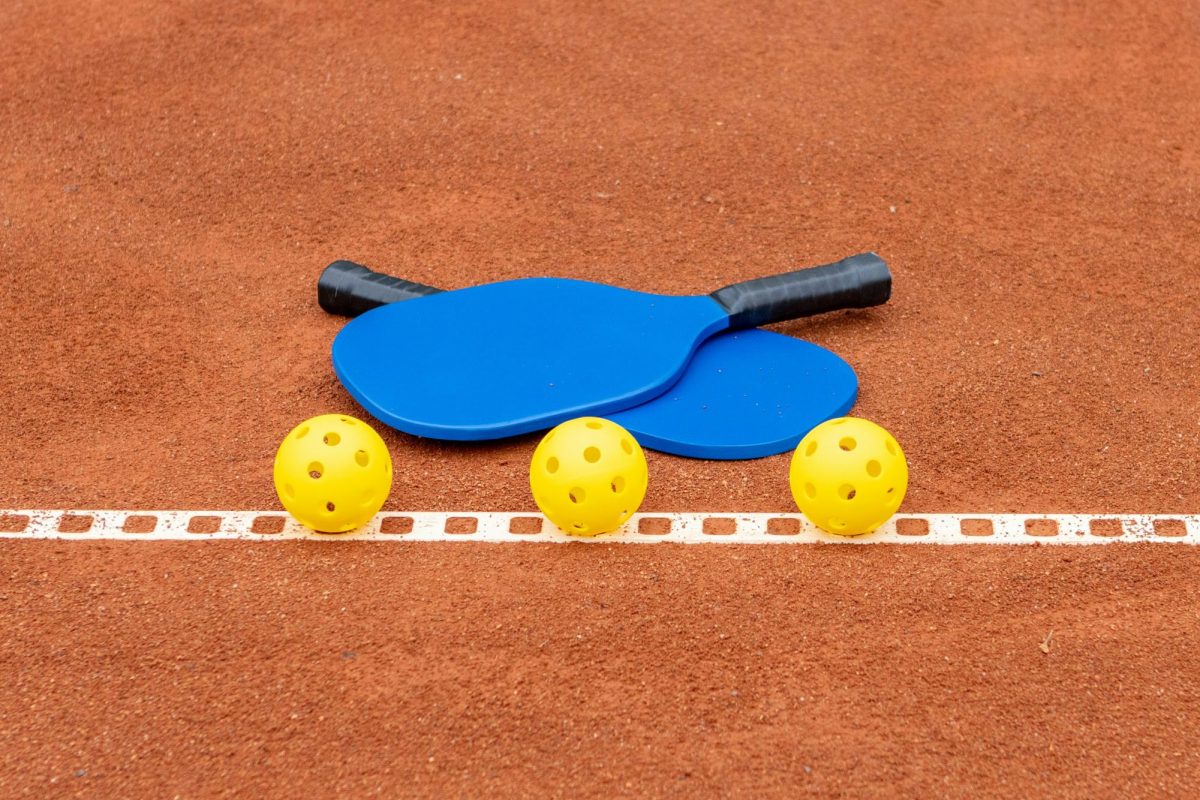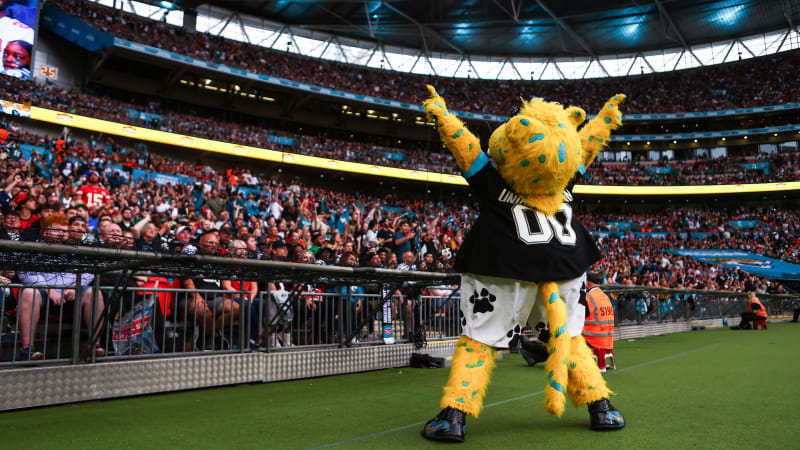Last month saw the release of the Netflix animated series The Cuphead Show!, based on the popular indie game from 2017. Coming from a fan of both rubber-hose cartoons and video games, the original game was a blast, so my excitement for this new show was definitely there. However, while it definitely is a joy to watch, this “cup” of a show feels half-empty more often than not.
The original game is a run-and-gun shoot ’em up, themed around old-Disney style cartoons. With its fantastic animation, excellent soundtrack, and challenging yet fun gameplay, it is a blast from the past and has solidified its place as one of the best indie games of all time. The show follows a similar path, expertly paying homage to the Golden Age of cartoons with its animation and style. It also pays homage to the game itself but to a much lesser extent.

The show follows the same expositional plot as the game, where Cuphead loses his soul to the Devil. In the original game, he gambles away his own and his brother Mugman’s souls. The game centers around Cuphead and Mugman repaying their debt to the Devil. In the first episode, it’s only Cuphead who loses his soul, and Mugman retrieves it temporarily at the end. His soul is lost at a rigged carnival game, rather than via gambling. I was okay with this change, as it allows the writers more flexibility with how they portray the Devil, and I think it works in their favor, but more on that later.
The original game put a lot of priority on gameplay and visual style. This led to the game’s characters having very unique and fascinating designs with a lot of flavor and creativity. This came at the expense of the characters’ personalities, as most of the game’s non-boss characters are very flat and one-dimensional, with very basic and dull traits. One of my greatest hopes was that, as you don’t need to worry about gameplay in a TV show, the show would expand on the characters and their personalities. The end result is a mixed bag.
Elder Kettle is the caretaker of Cuphead and Mugman, and he feels fine in that role. He’s not super exciting or fascinating but not annoying or repetitive. He serves his mentor role perfectly fine.
Mugman serves as an excellent counterpart to Cuphead’s antics. The original game very briefly hinted at this, with Mugman being cautious and hesitant. This is expanded on in the show, where he is shown as being easily frightened while caring deeply about his brother. He also serves as the far more intelligent, rational, and ethical of the two.

Ironically, the show’s best character is the Devil. He comes off as mischievous, yet dedicated. He is still evil, but it often feels more comedic than malicious, and it’s an absolute joy to watch. His interactions with every character are hilarious and creative. Cuphead tricks the Devil into painting the fence for him. He does so in a fantastical sequence, where he uses telekinesis to control multiple paint brushes. The Devil does this while dancing around wildly, all to the tune of classical music, in a manner incredibly reminiscent of Fantasia. It’s a bizarre sequence, but it generated the biggest laugh I’ve had in a while.
The show also introduces several new characters. With the large portion of characters in the original game, my hope was that the show wouldn’t go too overboard with original characters, and they didn’t, for the most part. Many of the original characters are very funny and endearing. Stickler and Henchman in particular are funny characters, and they have natural chemistry with each other and the Devil especially.

That’s where the good aspects end in terms of characters.
Cuphead himself is an incredibly unlikeable protagonist. He is the protagonist of the original game, being player one and the game’s namesake. However, he shows very little personality in the original game, apart from vague hints of his mischievousness. One of the biggest things this show had to do was create a large personality for its titular character, and they certainly did in that regard, but not for the better.
In the show, Cuphead’s perceived recklessness has been dialed up to an extreme. He is incredibly lazy, careless, impulsive, and irresponsible. Apart from him losing his soul, the show doesn’t do enough to call him out on his behavior. He is also portrayed as extremely idiotic, which grows very old very quickly. Coming off as extremely unlikable and unsympathetic, I found myself rooting for Mugman and even the Devil more than the titular character. It’s not a good sign when the audience of your show is actively hoping for the personification of evil (albeit a comedic interpretation of such) to triumph and get the soul of the main character.
Cuphead reminds me a lot of what Patrick Star has become in the modern Spongebob Squarepants cartoons. Despite being initially innocent, his idiocy and immaturity has become an excuse for him to do awful things and be a terrible person. It isn’t likable or relatable, so in many ways Mugman feels like a much better and fulfilling protagonist than his brother.

Cuphead is the only character of the show I genuinely don’t like to watch. But there are several other characters that I enjoy watching. However, many have their potential wasted by the show itself.
King Dice and Ms. Chalice are two of the most unique and interesting characters. They steal the show in every scene they’re in. I expected nothing less from characters voiced by Wayne Brady and the iconic Grey DeLisle, respectively. Their roles as a game-show host and con-woman are clever and entertaining subversions of their roles in the original game. They are one of the highlights of the show, and it makes sense how heavily they were featured in the show’s marketing and it’s opening song. That is, until you realize they both appear in only one episode each.
The fact that they are both delegated to one episode each feels incredibly disgraceful to the original game. King Dice was one of the most visually distinct and important characters in the game, and Ms. Chalice will be added as a playable character in its upcoming expansion. Their minor roles in the show felt like an absolute disservice to the characters and a waste of the epic talent voicing them. They manage to make their episodes the series’ best, but the heavy promotion of their characters for such minor appearances is nothing short of deliberately deceptive marketing and wasted potential.
One of the show’s other biggest faults is that it doesn’t prominently feature as many of the creative boss characters from the original game. With literally dozens of unique bosses in the original game, apart from the Devil and King Dice, only two of them actually appear. Granted, but they are funnier and just as interesting as they were in the original game, and I like how the show expanded on them. I just wish it did this with more of the bosses, instead of just two, as the bosses are often what people associated the most with the original game.

The show is only twelve episodes so far, which all fall under 15 minutes in length. I’m glad they tried to keep it authentic to the runtime of the old cartoons, but with only 12 episodes to begin with, several episodes felt like they didn’t last long enough. Meanwhile, other episodes dragged on far longer than they should have. While the overarching plot is the Devil trying to reclaim Cuphead’s soul, only a handful of episodes actually contribute to that. Over half of the episodes are just filler.
I think this was slightly intentional. The style of cartoons being emulated never really had overarching narratives across multiple shorts. It was always one and done, and I think the filler episodes reflect that.
With that being said, most of the filler episodes work because they either help flesh out the characters, which was one of the biggest shortcomings of the original game, and/or include prominent appearances from the iconic bosses. But that doesn’t apply for all of the filler episodes.
“Ghosts Ain’t Real” is the worst episode by far, featuring the ghost trope from several Disney and Looney Toons cartoons. Rather than feeling like a homage to those cartoons, this one feels derivative. It has all the other flaws with individual parts of the series. The episode features original characters, the three ghosts, but they all feel stereotypical and bland. This is especially annoying when considering the fact that the original game had a ghost boss that could’ve worked well here but was excluded, apart from a brief cameo. It is also pure filler, not contributing to the overall plot of the series. The episode doesn’t do much to develop the characters either, only reinforcing Mugman’s cowardice, which other episodes handle better.

Overall, this show had to handle two primary goals. Paying respects to both the style of cartoons and the design of the original game. While it serves as an excellent love-letter to that era of animation, it feels incredibly disconnected from the original game at times. Those two things are really all this show had going for it, and the end result feels underwhelming. That being said, most of the issues present in it can easily be remedied. Further seasons are coming, and hopefully it can improve its shortcomings.
While it’s entertaining and a must-watch for fans of the style of old cartoons and/or fans of the original game, The Cuphead Show! doesn’t have much else going for it at this point in time and will be very unappealing to anyone else.

Spinnaker rates this series 3 out of 5 Spinnaker Sails.
___
For more information or news tips, or if you see an error in this story or have any compliments or concerns, contact editor@unfspinnaker.com.
















